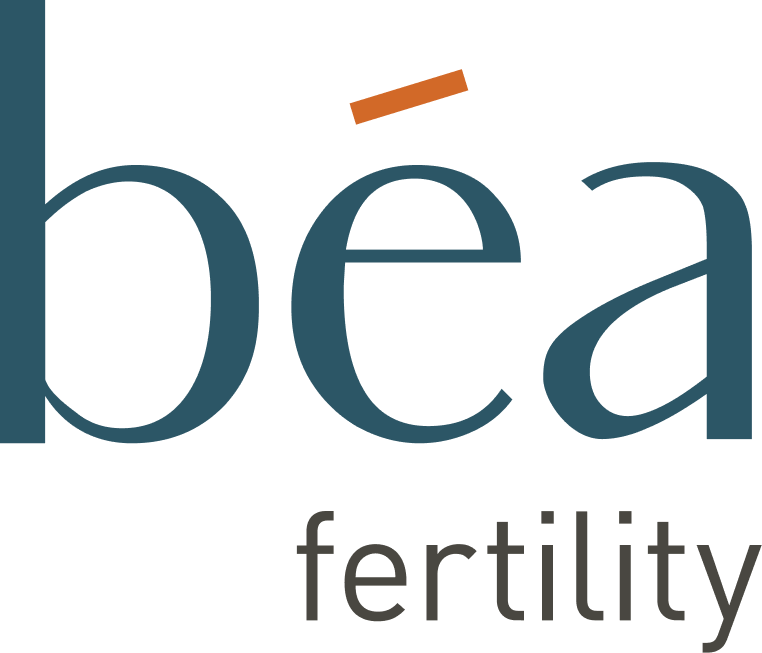Ovulation tests, ovulation predictor kits, dipsticks – whatever you may call them – all measure the LH (luteinising hormone) levels in your urine. This happens 1–2 days before ovulation – letting you know when you are most likely to conceive.
There are a range of different ovulation tests available. Here are the most common ones:
Digital ovulation tests
Digital tests are often preferred as they are easy to use and understand. They may remove any risk of misinterpretation, but they can also come with a hefty price tag. Some include dual hormone tracking and can help you identify 4 or more fertile days.
Clearblue advanced digital comes with 20 tests and a digital reader.
Ovulation stick tests
Ovulation stick tests often have a control line and a test line. Your peak LH level is reached when the test line is darker than the control line. This can sometimes be difficult to read and it’s often recommended to test multiple days in a row.
Boots Ovulation Test Kits come with seven tests to use during one cycle.
Ovulation test strips
Ovulation test strips can be small and fiddly – but they come in handy multipacks for when you want to perform continuous testing. There are some you can urinate directly on, but others require that you dip the test strip into urine, so you may need to invest in some cups for collecting when you urinate.
Boots Ovulation Test Strips have five tests in one pack.
Easy @ home comes with 50 tests and an app to help interpret results.
If you are using a test that measures LH levels in your urine – it doesn’t matter what test you use. as long as you feel comfortable and confident using them to accurately detect your peak LH levels.
Fertility and period tracking apps
Some apps that track your menstrual cycle will also give you an indication of when your fertile window is. These apps only provide an estimate of when the fertile window is, they are not as reliable as testing the LH levels in your urine.


Share:
Can I use lube with the Béa Applicator?
Should I rest after using the Béa Applicator?